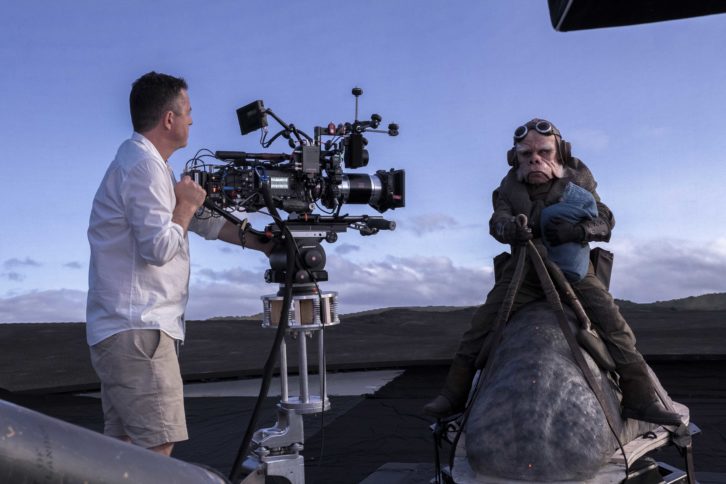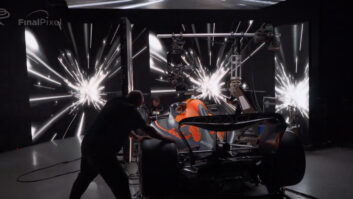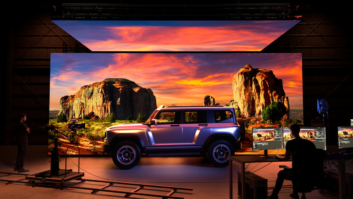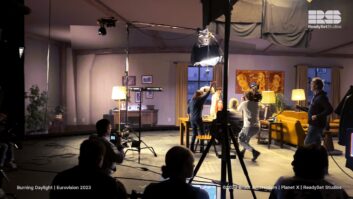Star Wars fans have come to expect lavish special effects that transport audiences all over the universe, but creating the beautiful otherworldly landscapes found in blockbuster movies presents a serious challenge for a television series like The Mandalorian, which must be produced on a much more limited budget.
Working with teams at Industrial Light & Magic, the visual-effects company that creates the stunning imagery for the Star Wars franchise, director of photography Greig Fraser came up with a much less costly solution to the problem, a new production system dubbed The Volume.
The idea originated in 2015 during the production of Rogue One: A Star Wars Story. That film used a large LED (light-emitting diode) wall, which could display different backgrounds. to shoot a number of scenes.
By the time shooting started on season one of The Mandalorian in 2018, improvements in LED walls, processing power and upgrades to Epic Games’s Unreal Engine 4 allowed producers to use a similar system to create spectacular visuals without leaving a Los Angeles warehouse.

“We could create a background on the wall with the 3D gaming engine that a camera could shoot, and create realistic images,” Fraser explains. “It means you never have to build a set again. You just project it on a wall and it becomes real.”
The effort earned Fraser and Baz Idoine a Primetime Emmy Award for Outstanding Cinematography for a Single-Camera Series (Half-Hour) in 2020. But Fraser believes the potential goes far beyond beautiful images in The Mandalorian and science-fiction projects that rely heavily on special effects. “It started in science fiction and Star Wars, but I think it will become a mainstream drama based solution,” Fraser says.
The Volume also cuts costs and simplifies the production process, which is often limited by weather, available light, logistics and other factors, Fraser adds. That means producers can pay more attention to storytelling, as opposed to trying to quickly shoot a scene during the beautiful but fleeting dawn or dusk light.
“I think it is a milestone, a turning point in filmmaking that will allow directors to come up with innovative ways to tell stories,” he says.
Fraser’s work with ILM to create The Volume is the most recent highlight from an award-winning career as a director of photography, producer and cinematographer. He has worked on dozens of films, including Zero Dark Thirty, Lion, Rogue One and the upcoming The Batman, where The Volume will be used.
Throughout his career, Fraser has always tried to use technology in ways that would help directors tell better stories.
“Everyone thinks that filmmaking always involves the perfect scenario,” Fraser says. “The sky is always blue and everything is perfect. But the reality is very different. Nature is very beautiful, but it can also be cruel. So my goal for filmmaking is to remove as many of the hindrances to filmmaking as possible so that technology helps, not hinders, the director.”
Greig Fraser will be taking part in a fireside chat and a panel on virtual production during TVBEurope’s MediaTech 360 Summit on March 25th-26th. Register for free here.
Fraser is also a recipient of a Tech Leadership Award from TVBEurope’s sister title, Broadcasting+Cable. Interviews with all the winners can be found here.







